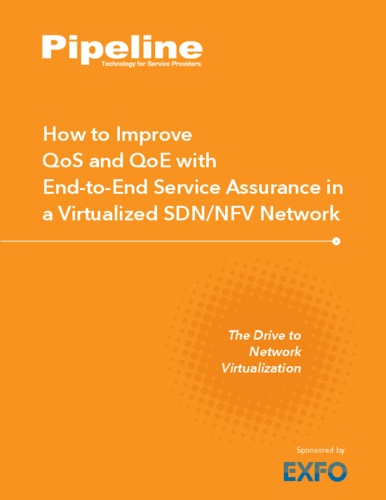Trending News
-
AST SpaceMobile Announces BlueBird 6 Launch DateFull Story>
-
Nokia introduces Autonomous SON to NTT's 5G networkFull Story>
-
Nokia and du Launch Autonomous Network Slicing for 5G AdvancedFull Story>
-
NVIDIA and Mistral AI Partner to Accelerate Open ModelsFull Story>
-
Dell'Oro Project Network Security Market to Exceed $26 BillionFull Story>
-
Marvell Boosts AI and Data Center PerformanceFull Story>
- View More News










































 Title Page.pdf.jpg)












-The_Time_is_Now.pdf.jpg)

